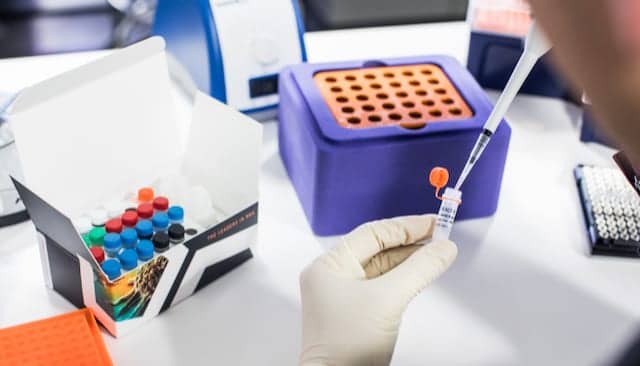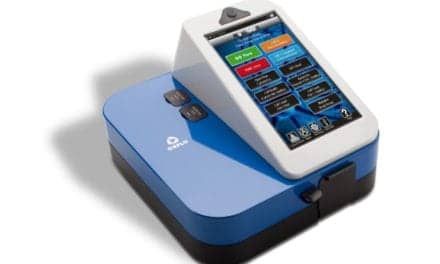A peer-reviewed study has validated the analytical performance of ImmunoPrism, a novel RNA-based immune profiling assay from Cofactor Genomics, San Francisco.1 The published paper is the first public disclosure of the company’s proprietary methods used for quantifying immune cells in the tumor microenvironment.
Accurate quantification of immune cells from small amounts of tumor tissue has become increasingly important as the role of the immune system in cancer is illuminated. According to the global healthcare consulting and research firm Kantar Health, New York City, the number of clinical trials being performed under the umbrella of immunooncology has exploded since 2014, with more than five times the number of trials now starting each year worldwide, and a total of more than 1,000 trials under way in 2018 alone.
Cofactor’s technology affords a number of advantages over other approaches, using less tissue and achieving higher sensitivity and specificity in detecting even difficult-to-quantify cell types, such as M2 macrophages.
Technical validation of the ImmunoPrism assay represents a key step in Cofactor’s efforts toward developing predictive diagnostics. The ImmunoPrism platform is the underlying technology used in data that showed improved performance over the on-label PD-L1 immunohistochemistry assay in predicting response to anti-PD-1 therapy in recurrent and metastatic squamous cell carcinoma of the head and neck.
“Analytical validation is a requirement for any assay to be used in routine clinical care or in clinical trials leading up to routine clinical care,” says Andrew Aijian, partner at DeciBio, Los Angeles, a strategy consulting and market research firm focused on precision medicine. “A robust assay that has already been rigorously validated significantly lowers the barriers to adoption and makes sophisticated biomarkers, such as immune gene expression models, more broadly accessible.”
The analytical validation study utilized a series of increasingly more complex control mixtures to demonstrate performance of Cofactor’s RNA models, starting first with known cell mixtures from purified peripheral blood mononuclear cells, then adding interfering substances such as nonimmune cells, genomic DNA, and ribosomal RNA.
Importantly, the study also leveraged viable dissociated tumor tissue for orthogonal validation compared to the gold standard, flow cytometry. This aspect of the study demonstrated that immune cell models in the assay maintain their performance in the tumor microenvironment.
Finally, formalin-fixed paraffin-embedded (FFPE) tissue, which represents the most common clinical sample format, was used for orthogonal comparison to immunohistochemistry. In the publication, metrics including limit of detection, reportable range, and intra- and interoperator reproducibility were reported for the assay.
“The results of this validation study demonstrate that our expectations of improved performance for multidimensional RNA models over single-analyte approaches are not hypothetical—they are real and quantifiable,” says Jon Armstrong, Cofactor Genomics chief scientific officer and one of the first authors on the paper. “ImmunoPrism represents the ability to bring the positive attributes of flow cytometry to commonly available FFPE materials.”
The ImmunoPrism assay may be ordered through Cofactor’s CAP-accredited, CLIA-certified laboratory. It is also available as a reagent kit with Cloud-based informatics that may be validated in any laboratory with Illumina sequencing capabilities.
For more information visit Cofactor Genomics.
Reference
1. Schillebeeckx I, Armstrong JR, Forys JT, et al. Analytical performance of an immunoprofiling assay based on RNA models. J Mol Diag. 2020;22(4):555–570; doi: 10.1016/j.jmoldx.2020.01.009.



